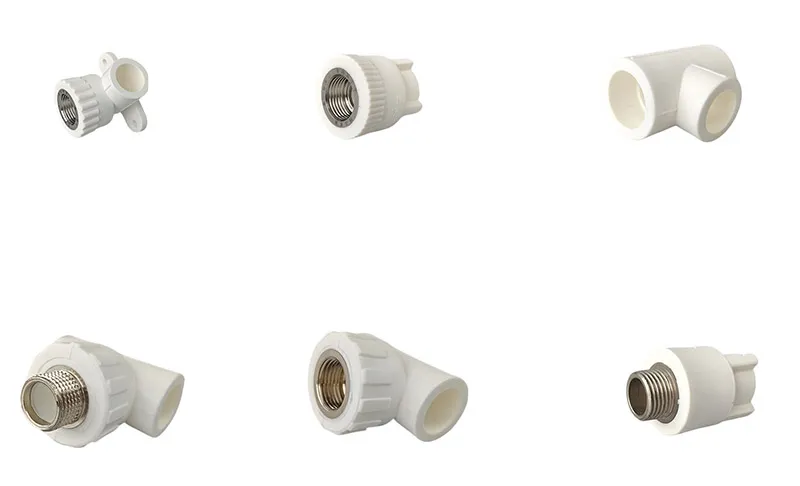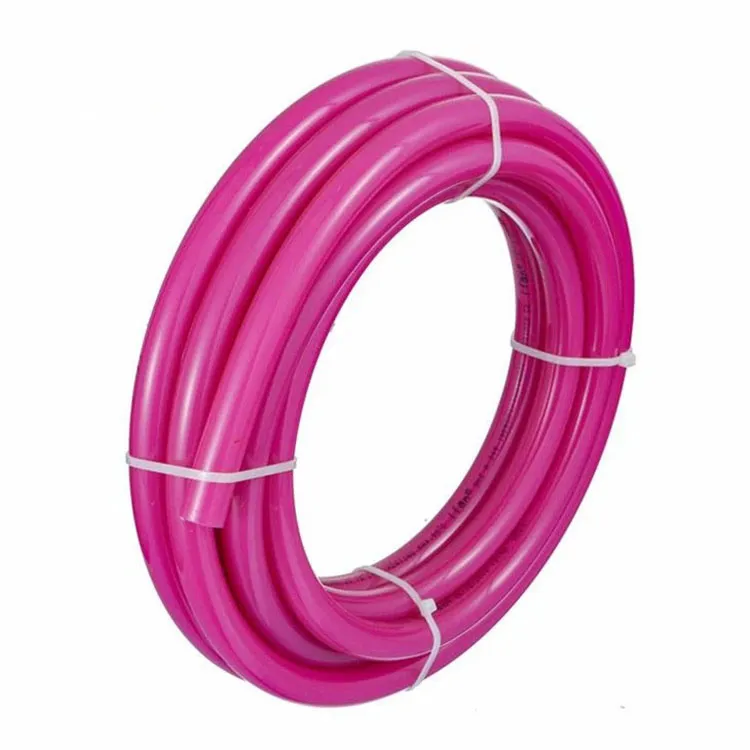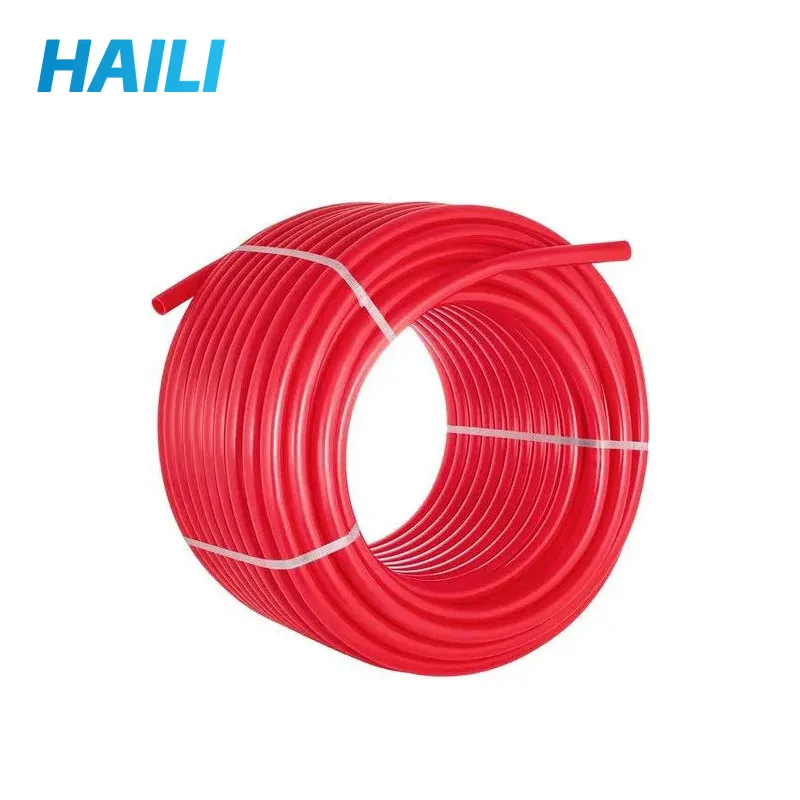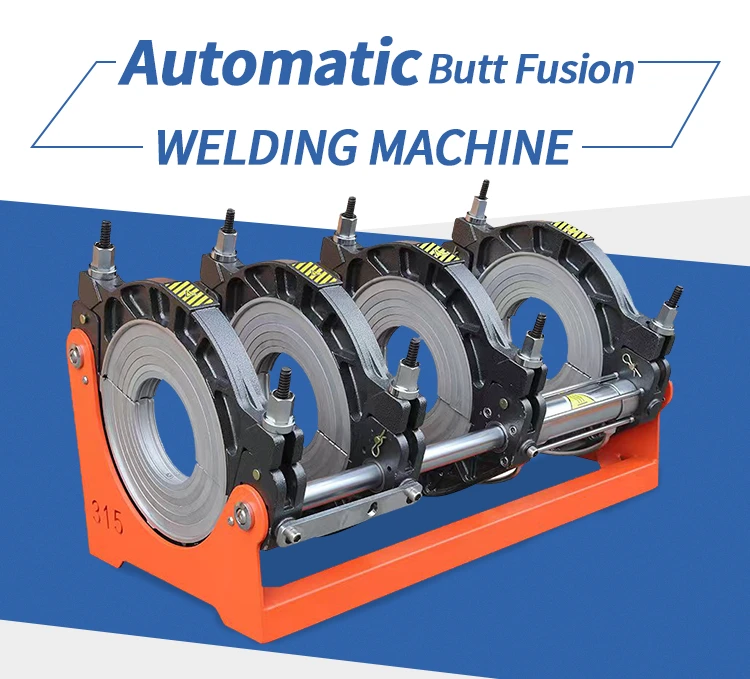What Does PPR Stand For?
As we’ve already mentioned, PPR stands for “polypropylene random copolymer”. It’s a type of plastic pipe that’s made from a combination of polypropylene and other materials, such as thermoplastic. This material is highly resistant to heat, impact, and corrosion, making it a great choice for plumbing, drainage, and other construction projects.
PPR pipe is also known as PP-R pipe, PPR pipeline, PPR pipes, PPR piping, or PP-R pipe. This type of pipe is widely used in residential, commercial, and industrial buildings. It’s incredibly durable, making it an ideal choice for long-term use. PPR pipe is also easy to install, making it a great choice for DIY enthusiasts.
Benefits of PPR Pipe
PPR pipe offers a range of great benefits for those in the construction industry. Here are some of the most notable advantages of PPR pipe:
PPR pipe is incredibly durable and long-lasting, making it an ideal choice for long-term projects.
It’s highly resistant to heat, impact, and corrosion, making it suitable for a variety of applications.
PPR pipe is easy to install, making it a great choice for DIY enthusiasts.
PPR pipes are non-toxic, hygienic, and safe to use, making them a great choice for plumbing projects.
It’s lightweight yet strong, making it easy to transport and install.
PPR pipes are cost-effective, making them a great choice for those on a budget.

| Item | Index | Test Methods | |
| Pipe | Fittings | ||
| Density, g/cm³ | 0.89 ~ 0.91 | GB/T 1033 | |
| Thermal Conductivity, w/(m·k)(20℃) | 0.23 ~ 0.24 | GB/T 3399 | |
| Linear Expansion Coefficient, mm/(m·k) | 0.14 ~ 0.16 | GB/T 1036 | |
| Tensile Strength, MPa | ≥20 | GB/T 1040 | |
| Elasticity Modulus, N/mm² (20℃) | 800 | GB/T 1040 | |
| Longitudinal Reversion, % (135±2℃, 2h) | ≤2 | – | GB/T 6671 |
| Charpy Impact Test (15J, 0±2℃, 2h) | TIR < 10 | – | GB/T 18743 |
| Melt Flow Rate (MFR) (230℃, 2.16kg), g/10min | Rate of change ≤ 30% of the raw material | GB/T 3682 | |
| Temperature | Duration | Hoop Stress | Result |
| 20℃ | 1h | 16 MPa | No Failure GB/T6111 |
| 95℃ | 1000h | 3.5 MPa | No Failure GB/T6111 |
| 110℃ | 8760h | 1.90 MPa | No Failure GB/T6111 |
| Leak-tightness Test | Condition: 20℃, 1h, Test Stress is 2.4 times normal pressure, Result: TIR < 10 | - | |
| Sanitary Properties | Comply with: GB/T 17219 | GB/T 17219 | |
PPR Fittings

Types of PPR Plumbing Fittings
Our PPR plumbing fittings range includes a variety of essential components designed for reliable and durable piping systems. The common types are:
Coupler: Connects two pipes of the same diameter to extend the pipeline.
Elbow: Available in 90-degree and 45-degree angles to change the direction of the piping.
Tee: Allows branching of one pipe into two directions for versatile piping layouts.
Reducer Coupler: Connects pipes of different diameters for smooth diameter transition.
Female Threaded Adapter: Features one end for heat fusion with PPR pipe and a metal female thread on the other end, enabling connection to metal fittings.
Male Threaded Adapter: One end for heat fusion and the other with a metal male thread for secure attachment.
End Cap: Used to seal the end of a pipeline.
Union: Provides easy disassembly and maintenance with threaded connections.
Flange: Facilitates detachable connections between pipes or equipment.
All fittings are made from high-quality polypropylene random copolymer material and can be connected by heat fusion or threaded joints. These fittings are widely used in hot and cold water supply systems, heating systems, and industrial piping applications.
PPR Pipe vs. PVC Pipe
PPR and PVC pipes are both used in the construction industry, but there are some key differences between the two types of pipes. For starters, PVC pipes are made from a combination of plastic and vinyl, making them less durable than PPR pipes. PVC pipes are also prone to cracking and leaking, whereas PPR pipes are incredibly durable and resistant to heat and corrosion.
PVC pipes are also much more difficult to install, as they require glue and soldering. On the other hand, PPR pipes are much easier to install and require fewer tools. In terms of cost, PVC pipes are generally cheaper than PPR pipes. However, PPR pipes are much more durable and long lasting, making them a great choice for long-term projects.
Different Types of PPR Pipes
PPR pipes come in a variety of different types. Here are some of the most popular types of PPR pipes:
PPR-A Pipe: This type of pipe is made from a combination of polypropylene and acrylonitrile. It’s strong and durable, making it a great choice for long-term projects.
PPR-B Pipe: This type of pipe is made from a combination of polypropylene and butadiene. It’s incredibly strong and highly resistant to heat, making it an ideal choice for hot water applications.
PPR-C Pipe: This type of pipe is made from a combination of polypropylene and chlorinated polypropylene. It’s highly resistant to corrosion and chemicals, making it an ideal choice for chemical and industrial applications.
PPR-F Pipe: This type of pipe is made from a combination of polypropylene and formaldehyde. It’s incredibly strong and highly resistant to corrosion, making it a great choice for drainage and plumbing applications.
Advantages of Using PPR Pipes
Using PPR pipes offers a range of great advantages. Here are some of the key benefits of using PPR pipes:
PPR pipes are incredibly strong and durable, making them a great choice for long-term projects.
They’re lightweight yet strong, making them easy to transport and install.
PPR pipes are highly resistant to heat, impact, and corrosion, making them suitable for a variety of applications.
They’re easy to install, making them a great choice for DIY enthusiasts.
PPR pipes are non-toxic, hygienic, and safe to use, making them a great choice for plumbing projects.
PPR pipes are cost-effective, making them a great choice for those on a budget.

PPR Pipe Installation
PPR pipe installation is a relatively simple process. The pipes are joined together using PPR pipes fittings, which are placed on the ends of the pipes. The pipes are then connected together using a clamping tool. It’s important to use the correct tools and fittings to ensure a secure connection.
It’s also important to use the correct sealants and adhesives to ensure a watertight seal. Once the pipes are connected, it’s important to check for any leaks and ensure the pipes are properly secured.
Disadvantages of PPR Pipes
While PPR pipes offer many great benefits, there are some drawbacks that should be considered. Here are some of the key disadvantages of PPR pipes:
PPR pipes are more expensive than PVC pipes.
They’re not suitable for applications that involve high temperatures or chemicals.
PPR pipes may be prone to cracking and leaking if not installed correctly.
PPR pipes are not suitable for outdoor applications due to their susceptibility to UV damage.
Best Practices for PPR Pipe Installation
It’s important to follow the best practices when installing PPR pipes. Here are some tips for successful PPR pipe installation:
Use the correct tools and fittings to ensure a secure connection.
Use the correct sealants and adhesives to ensure a watertight seal.
Ensure the pipes are properly secured and check for any leaks.
Make sure to use the right size pipes for the application.
Make sure to use PPR pipes fittings from a reliable supplier like Haili, a China PPR professional manufacturer, that already has many clients over the world
Cost of PPR Pipes
The cost of PPR pipes can vary depending on the type, size, and quality of the pipes. Generally speaking, PPR pipes are more expensive than PVC pipes. However, PPR pipes are much more durable and long lasting, making them a great choice for long-term projects.
Conclusion
PPR pipe is a great choice for a variety of applications, offering many great benefits such as durability, strength, and resistance to heat, impact, and corrosion. PPR pipes are also non-toxic, hygienic, and safe to use, making them a great choice for plumbing projects. It’s important to follow the best practices when installing PPR pipes, using the correct tools and fittings, and making sure to use PPR pipes fittings from a reliable supplier like Haili, a China PPR professional manufacturer, that already has many clients over the world. PPR pipes may be more expensive than PVC pipes, but they’re much more durable and long lasting, making them a great choice for long-term projects.

446.webp)
731.webp)
718.webp)
520.webp)
807.webp)
222.webp)

990.webp)
288.webp)






659.webp)
210.webp)


